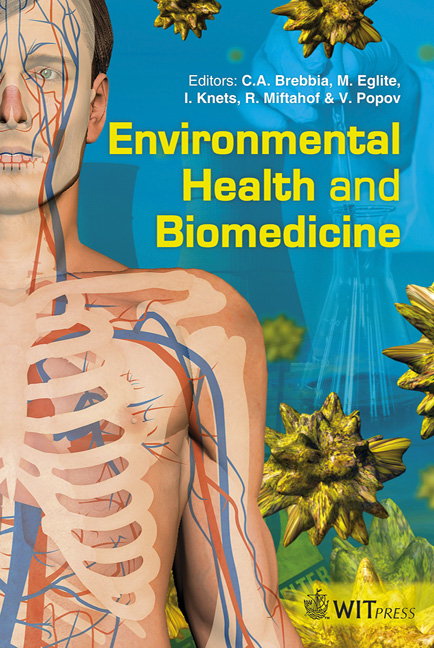Assessment Of Diesel Particulate Matter Exposure Among Underground Mine Workers
Price
Free (open access)
Transaction
Volume
15
Pages
10
Page Range
11 - 20
Published
2011
Size
3,091 kb
Paper DOI
10.2495/EHR110021
Copyright
WIT Press
Author(s)
D. Bertolatti, K. Rumchev & B. Mullins
Abstract
Diesel motor emissions are a major source of ultrafine particles as research shows that the particulate fraction of diesel exhaust consists mainly of very small particles, which rapidly agglomerate to form clumps of particles with <1 μm aerodynamic size. Substantial scientific evidence supports that inhalation of emissions from diesel exhaust particulates is associated with a range of adverse health effects. Measurements have shown that underground miners can be exposed to over 100 times the typical environmental concentrations of diesel particulate matter (DPM) and over 10 times the concentration measured in other work environments where diesel engines are common. This paper reports personal and environmental exposures to DPM in an underground mine in Western Australia. The findings demonstrated that the DPM concentration exceeded the provisional 8-hour time weighted average exposure standard of 0.1 mg/m3 for most of the assessed locations. The elemental analysis indicated high concentrations of silica and iron in DPM which could be potentially associated with some adverse health effects including respiratory illnesses and irritating effects. Thermal comfort underground was also assessed and the results showed non compliance with the standards of the American Society of Heating, Refrigerating and Air-Conditioning Engineers (ASHRAE). Keywords: diesel exhaust, diesel particulate matter, fine and ultrafine particles. 1 Introduction Exhaust particles emitted from in-use diesel vehicles in underground mining operations are a major source of ultrafine carbonaceous particles, which have the potential to produce adverse health effects. The particulate fraction of dieselKeywords
diesel exhaust, diesel particulate matter, fine and ultrafine particles





